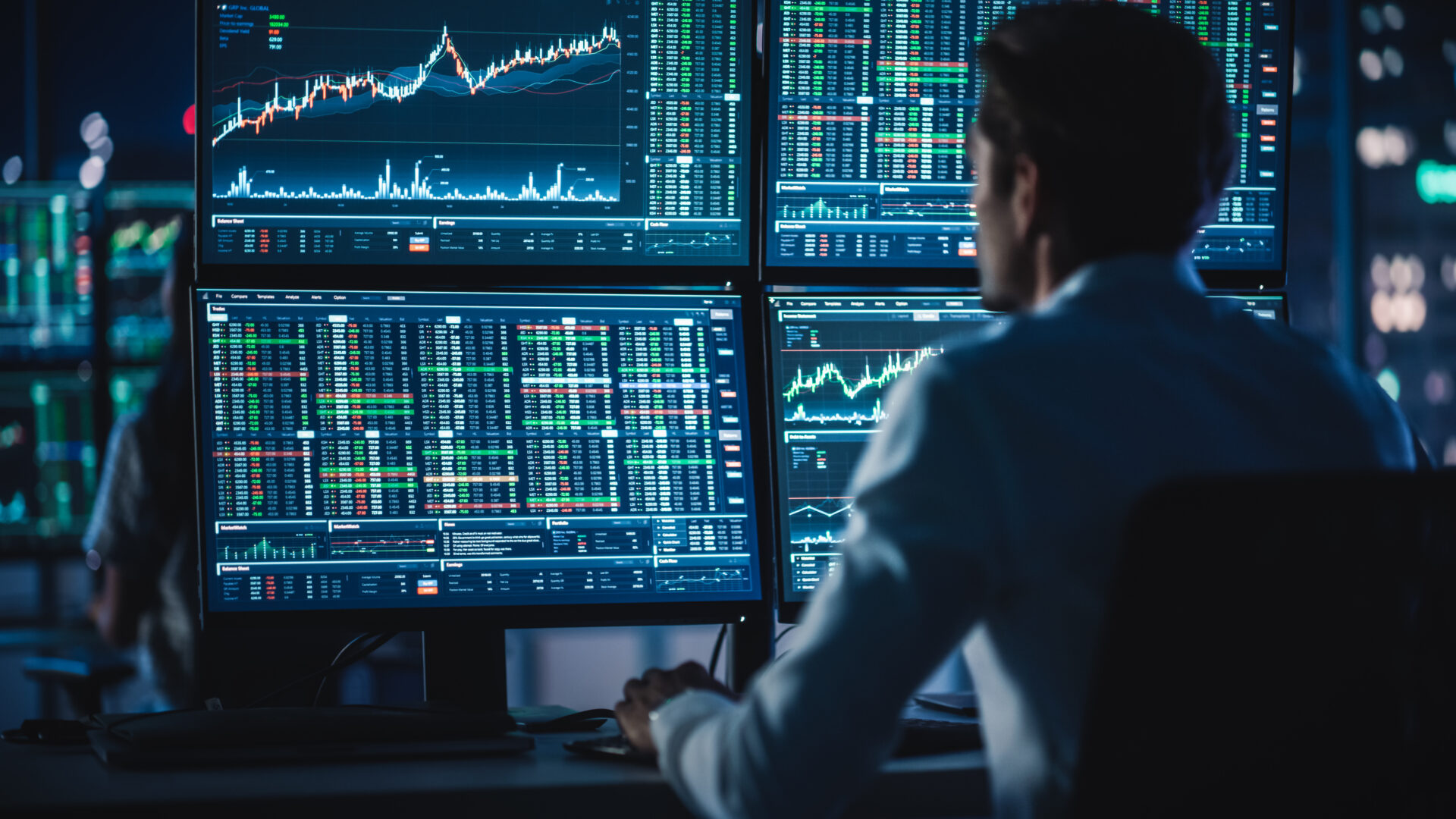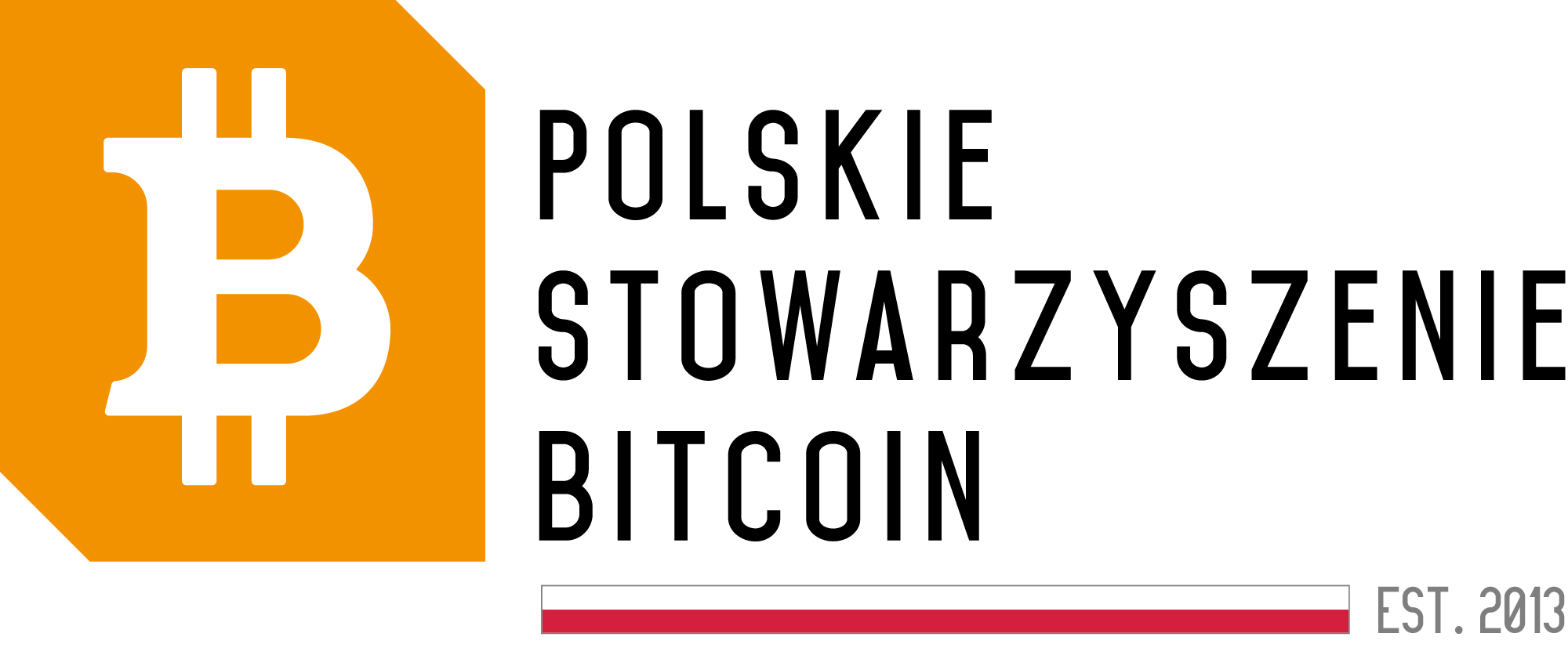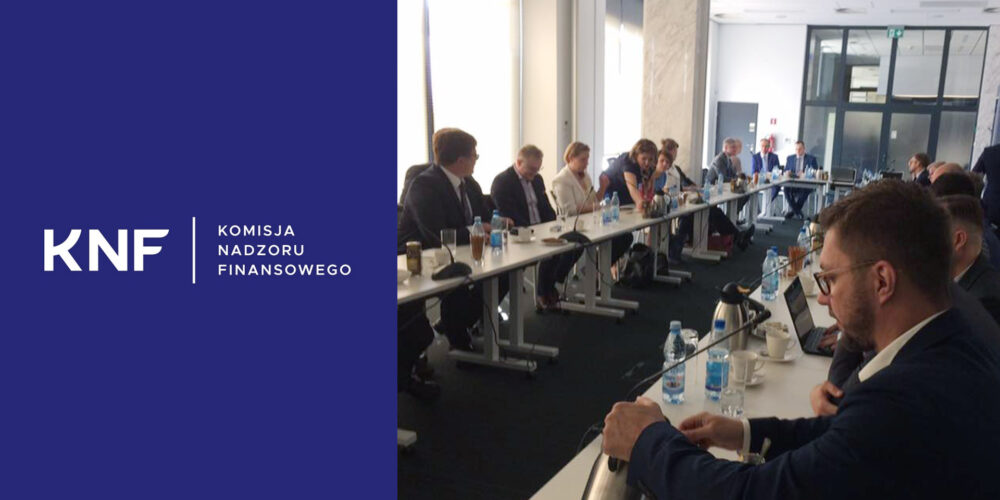Is it still worth getting interested in Bitcoin? A conversation with a Bitget analyst.

In an interview with Dominik Podlaski, an expert in the cryptocurrency industry and a technical analyst at Bitget Exchange, we examine the latest trends and regulations, and discuss the future of the cryptocurrency market. Will Bitcoin become digital gold? Will central banks dominate the cryptocurrency world with their digital currencies? Feel free to read our discussion.
Daniel Haczyk: Let’s start with the FTX exchange collapse. How do you assess the current situation in the market, especially the impact on the US market, which was heavily affected by this collapse?
Dominik Podlaski: The FTX collapse shocked investors worldwide, causing a lot of turmoil in the cryptocurrency market. Although the negative effects of this event are evident, I believe it was necessary. If it wasn’t FTX, another exchange would have faced a similar challenge sooner or later. The market needs to mature, and this incident reminded everyone that we need changes.
Leading cryptocurrency exchanges have already started implementing such changes. For example, by introducing proof of reserves, they provide investors with confidence that their funds are safe. This was a problem with FTX – they invested customer funds, lost them, and deceived customers until the very end, claiming they still had those funds.
Another key element is greater transparency. Exchanges are adapting to the new expectations of investors to prove that the FTX situation will not be repeated. As for the US market, FTX’s political influence and interference in US internal affairs will pose certain problems for all cryptocurrency-related firms in the States. Nevertheless, it’s worth noting that we’re not talking about small entities here – these are large companies operating regularly in the market. I don’t think the US market will completely shut down to cryptocurrencies, but the US government will certainly try to prevent similar situations in the future.
Daniel Haczyk: Canada and the European Union are also introducing new regulations that may hinder the operations of cryptocurrency firms.
Dominik Podlaski: Yes, but cryptocurrency regulations are inherently cyclical. Countries usually start by easing their approach to cryptocurrencies and then tighten regulations. But the truth is that everything is constantly changing. Until the situation stabilizes, it makes no sense to speculate on how it will impact the long-term development of the cryptocurrency market.
Daniel Haczyk: Indeed, it’s not only the cryptocurrency sector currently facing problems. As we have all heard, there have been quite significant bank failures: Silicon Valley Bank, Signature Bank, Silvergate Bank. The latter, if I recall correctly, was acquired. How do you see this situation in relation to the cryptocurrency industry? Is there anything to worry about? I heard that these failures weren’t necessarily caused by cryptocurrencies – other factors were decisive.
Dominik Podlaski: We need to start by analyzing the situation because the problem of banks that are hardly trustworthy is not new. In 2008, we had a very similar situation – a crash caused by the collapse of Lehman Brothers bank. When banks start to fail, not because of cryptocurrencies, but because of their own overly risky decisions regarding the monetary policies of certain countries, it shows that a change needs to happen. Perhaps more control is needed, or some other solutions. Banks took too much risk. Even Credit Suisse’s reputation has been severely damaged, raising concerns for investors and ordinary people that their bank could be in a similar situation. These concerns are quite real at this moment. Everyone hopes that such a situation won’t repeat in the near future because it would have serious consequences for the banking sector. Regarding the connection between this situation and the cryptocurrency market, I personally see it as an opportunity. Despite the expected cryptocurrency market crash related to the collapse of Silicon Valley Bank and Signature Bank, the market rebounded very quickly. Investors started to perceive cryptocurrencies as a way to balance the risk associated with banks. The weakness of banks at this moment can be an opportunity for the cryptocurrency market, although I must admit that if the entire banking sector were to collapse, the global economy would face problems.
Daniel Haczyk: Indeed, Bitcoin was created as a response to the 2008 crisis after the collapse of Lehman Brothers. Initially, many people pointed out that Bitcoin could be a bubble and compared it to tulip mania or speculative bubbles. On the other hand, there are also voices claiming that Bitcoin is a so-called “safe haven” in times of crisis. When we compare the Bitcoin price in recent years to the price of gold since 1971, we can see that the growth has been equally significant. Is there any correlation between these markets, and is there also a correlation between cryptocurrency prices and stock market fluctuations?
Dominik Podlaski: Yes, when it comes to the correlation of Bitcoin, the strongest noticeable correlation so far has been with the S&P 500 index. This was due to the fact that Bitcoin was associated with new technologies that are part of that index. However, lately, we have also observed other correlations, for example, with the gold market. Bitcoin is starting to be treated as a safe asset that people can turn to in case of problems with banks or traditional currencies. This presents an opportunity for further development of cryptocurrencies.
The biggest criticism of cryptocurrencies was their volatility, but it is decreasing year by year, especially in the case of Bitcoin. This can be attributed to the market maturing and increasing adoption. Once the market becomes stable enough that investors stop seeing Bitcoin as a high-risk asset and start treating it as digital gold, the situation in the market will completely change.
Daniel Haczyk: But the US government is currently selling its Bitcoins. How would you comment on that?
Dominik Podlaski: There are many state actions that are partly for show. For now, we cannot say what the true purpose of this selling is. There have been cases where countries completely banned cryptocurrencies only to make massive purchases and then reintroduce them into circulation. Time will tell the intentions of the United States. A change in the political landscape, views, or market situation can lead them to start repurchasing. State moves often stem from politics, not from the market situation.
Daniel Haczyk: However, many central banks are working on their own cryptocurrencies, CBDCs. Aren’t you concerned that traditional cryptocurrencies will lose value and interest once central bank digital currencies are introduced?
Dominik Podlaski: No, CBDCs will serve a completely different purpose. These cryptocurrencies will not fulfill one of the main functions of most cryptocurrencies – decentralization. CBDCs issued by banks will be tightly controlled by the state, meaning the state will have full control and be able to make decisions that directly affect citizens.
Daniel Haczyk: The President of the European Central Bank recently admitted that the cryptocurrency being developed by the European Union is another step towards surveillance and increased control over money flows.
Dominik Podlaski: Yes, CBDCs will definitely enable countries to track money flows. However, it would only be worrisome if the state intended to abuse such control.
Daniel Haczyk: It’s a paradox. Bitcoin was created as a response to monetary policy, and now the technology behind it has been adopted by banks and used in a completely different way.
Dominik Podlaski: Indeed, Satoshi Nakamoto certainly did not anticipate that the technology he created would attract a significant portion of the technology market. The development of operations on the blockchain is incredible and offers incredible possibilities. He managed to achieve decentralization and ensure that no one can interfere with this currency. However, he created a technology that is now being used by many private companies and also by states, who use it for centralization.
Daniel Haczyk: In that case, one could say that investing in cryptocurrencies as a form of resistance to monetary policy could be a good idea.
Dominik Podlaski: I wouldn’t use the word “resistance” because the cryptocurrency market is very young. It’s hard to deny that the market hasn’t matured yet; it’s not even 20 years old. Recent research suggests that about 4.2% of the population has had contact with cryptocurrencies, which is really a lot but not enough to talk about full adoption. Therefore, cryptocurrencies are more of a development path than an ideological escape. Many companies are solving societal problems using blockchain technology, offering people benefits through decentralized money on their own cryptocurrencies. So I think it’s an investment rather than an escape. Adoption will continue, and anyone who gets interested in cryptocurrencies now is an early investor.
Daniel Haczyk: Now there is a lot of talk about using mining rigs, which were based on graphic cards, for training artificial intelligence. And also about AI-based trading tools.
Dominik Podlaski: Yes, that has been the most controversial topic. Artificial intelligence has been around for a long time, but the real fun began when it became publicly available. As for trading, I believe that artificial intelligence will not be a threat overall. Trading largely relies on emotions and psychology, which artificial intelligence will not be able to capture.
Daniel Haczyk: There are trading bots that analyze headlines and predict investor behavior based on that. And apparently, they are doing well.
Dominik Podlaski: Let’s take it a step further. I think artificial intelligence is a step up for all indicators. Those who don’t decide to use it will automatically lag behind because it will be the new standard, just like using computers for trading is now. No one goes to Wall Street to operate manually – anyone can do it from home. It will be the same with artificial intelligence – it cannot be avoided. Nevertheless, I believe that certain things can escape artificial intelligence. An example of this could be so-called memecoins, which arise from strong social trends. Headlines or popular websites don’t always reflect what happens among people. Artificial intelligence will only be able to analyze the data to which it has access. When people talk to each other outside of computers about projects and something becomes popular, artificial intelligence probably won’t pick up on that.
Daniel Haczyk: Since you mentioned memecoins, let’s explain what they are. They are cryptocurrencies inspired by jokes, based on memes. We have Dogecoin, which was the first, then Shiba Inu, SafeMoon, or ElonGate. These are rather short-lived phenomena, except for Dogecoin, which has solid technical foundations and a team of developers working on it. Most memecoins have no utility or technological value. They gain popularity only because they are funny and due to the FOMO (Fear Of Missing Out) phenomenon. I see a significant risk for young, inexperienced people who may lose their savings by investing in such assets.
Dominik Podlaski: In general, if memecoins or other projects have no utility, an individual intending to invest in them should carefully review the project and consider it. That awareness is the basis of investing. In the case of memecoins, the problem is that most of them have no utility. Those that do, like Shiba Inu, were initially disregarded but eventually developed. Memecoins should not be underestimated based on how their utility appeals to a specific audience. They usually target retailers, offering an alternative to fiat money. This approach works in regions affected by disasters or problems with their national currencies. Nevertheless, memecoins are an experimental area of the market and a high-risk investment.
Daniel Haczyk: So in summary, we can say that the cryptocurrency market is still developing and maturing. It has great potential, but there are also risks associated with it.
Dominik Podlaski: Yes, that’s right. It’s worth paying attention to regulations, trends, and the overall situation in the market. I believe the market will continue to grow, and we will see interesting developments in the coming years.







